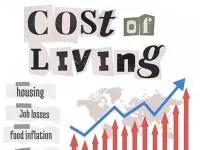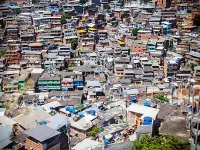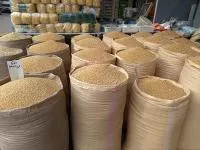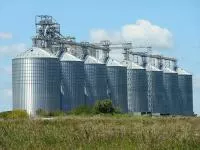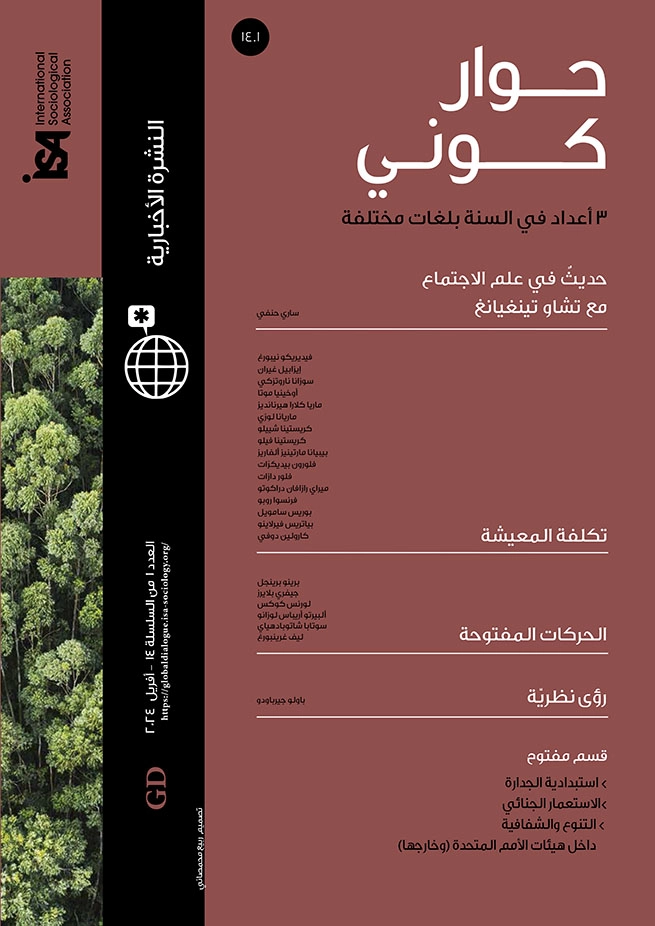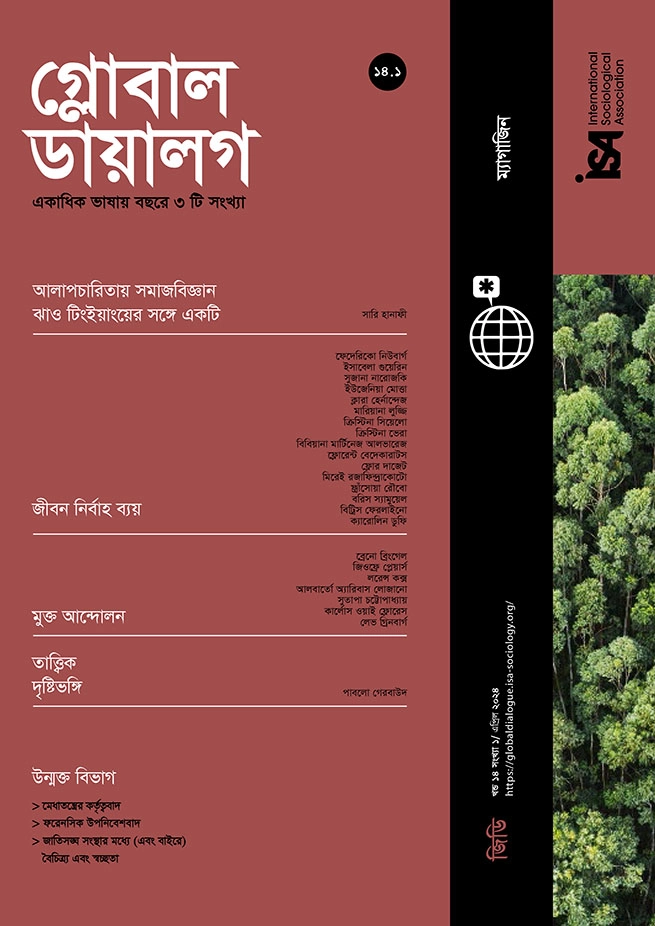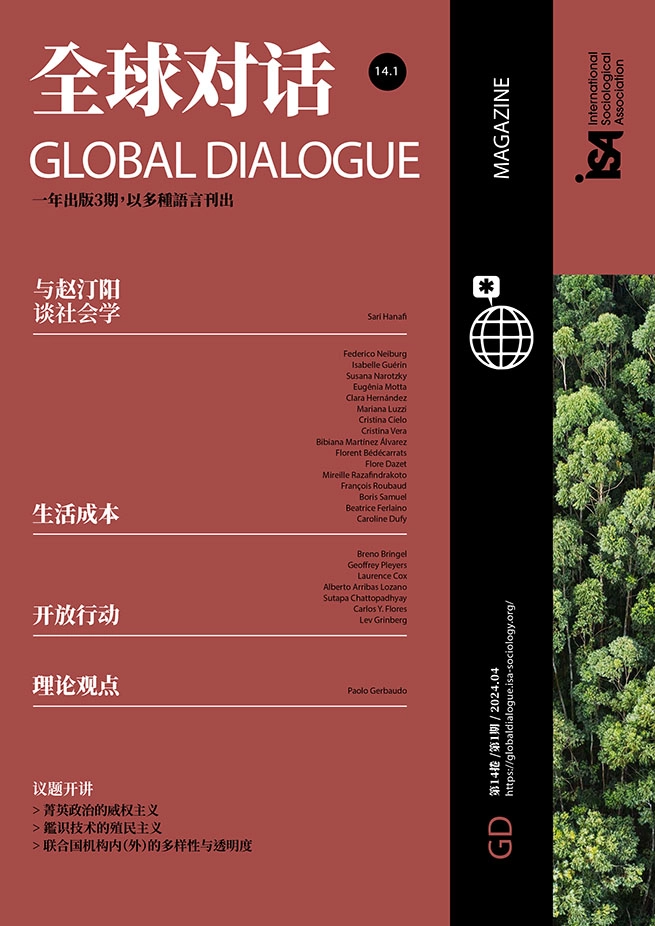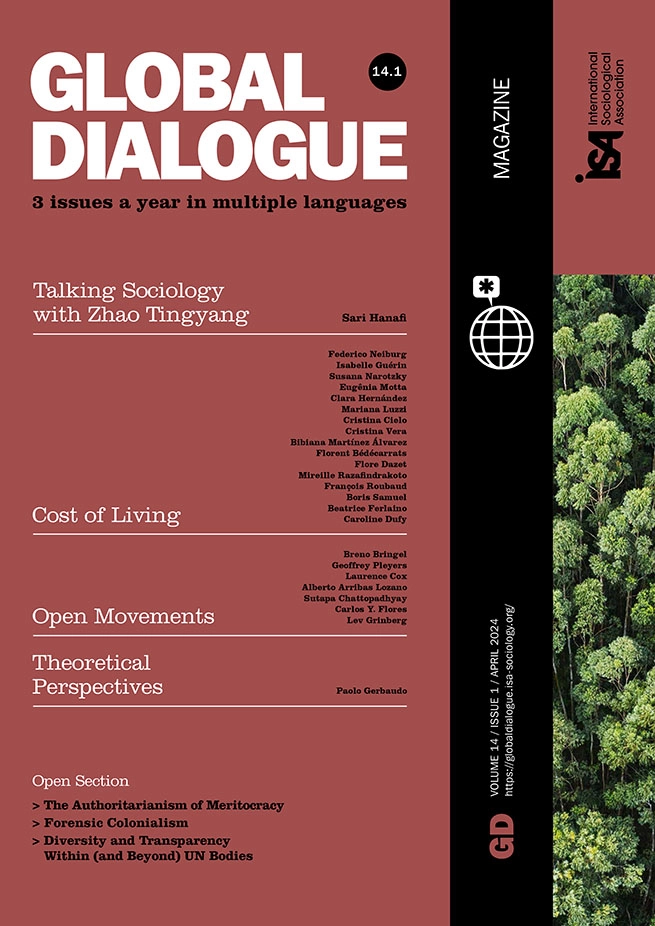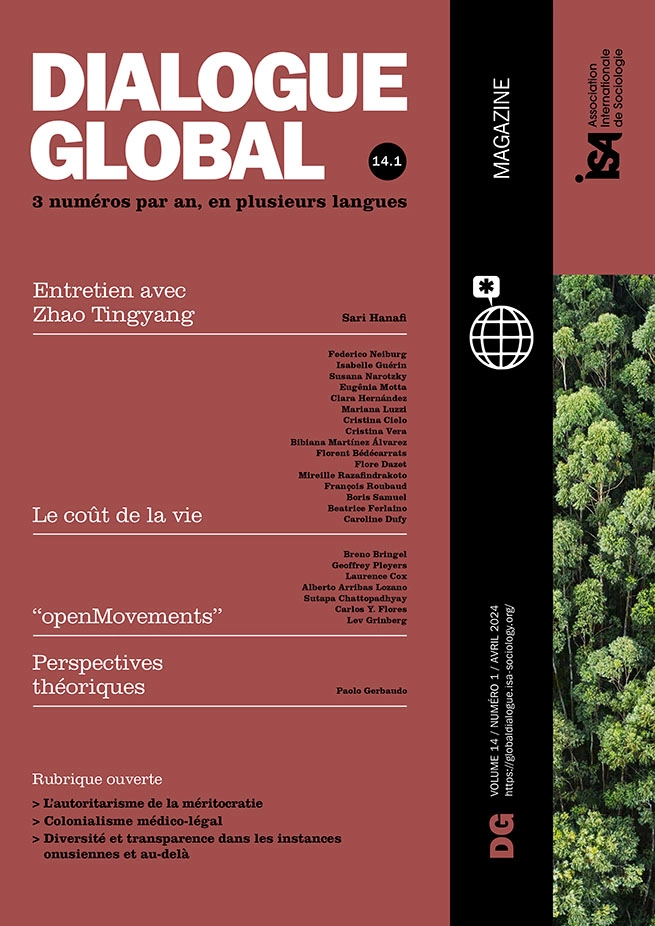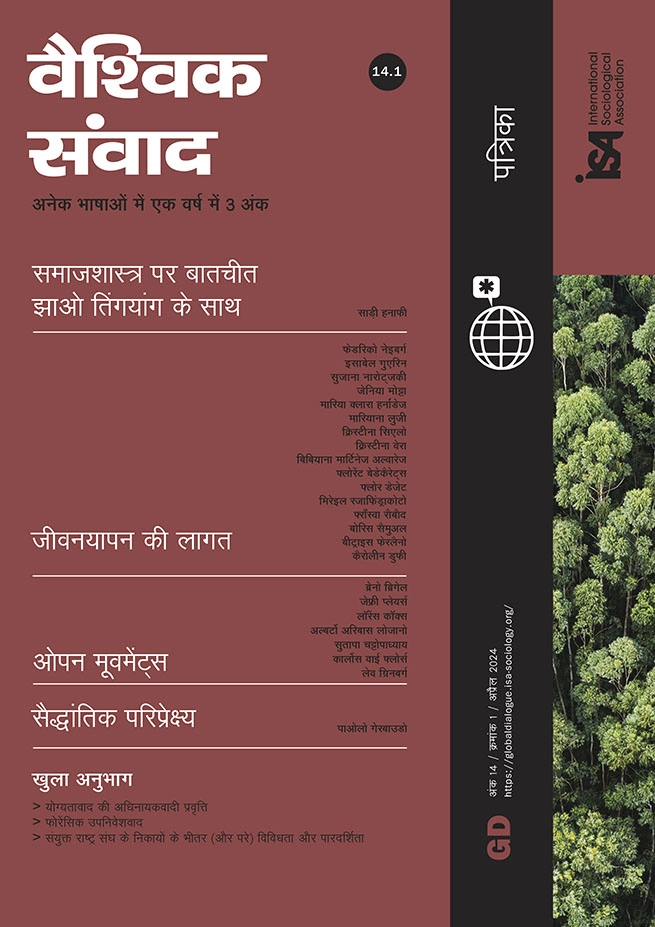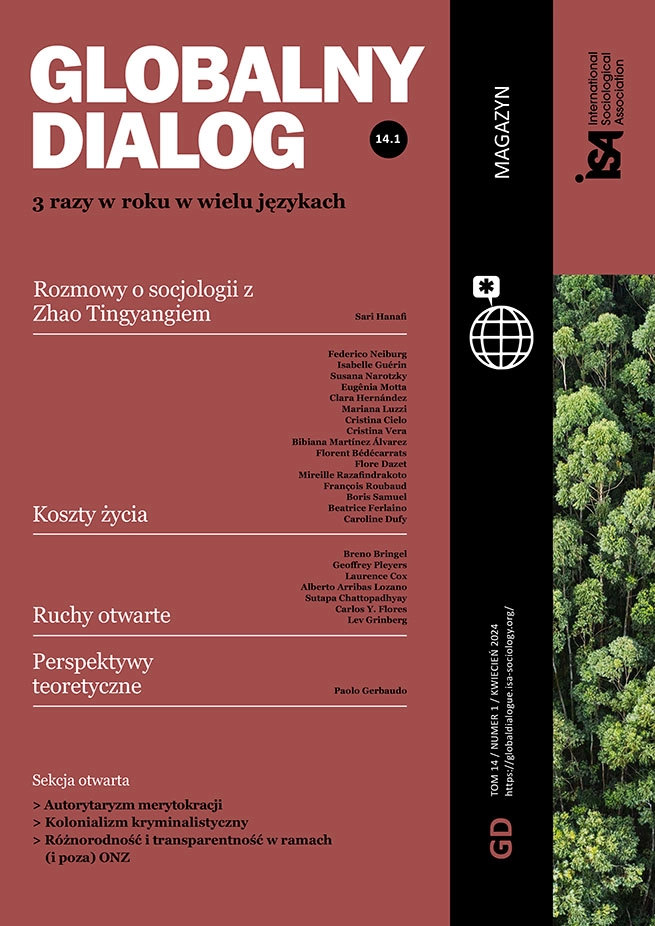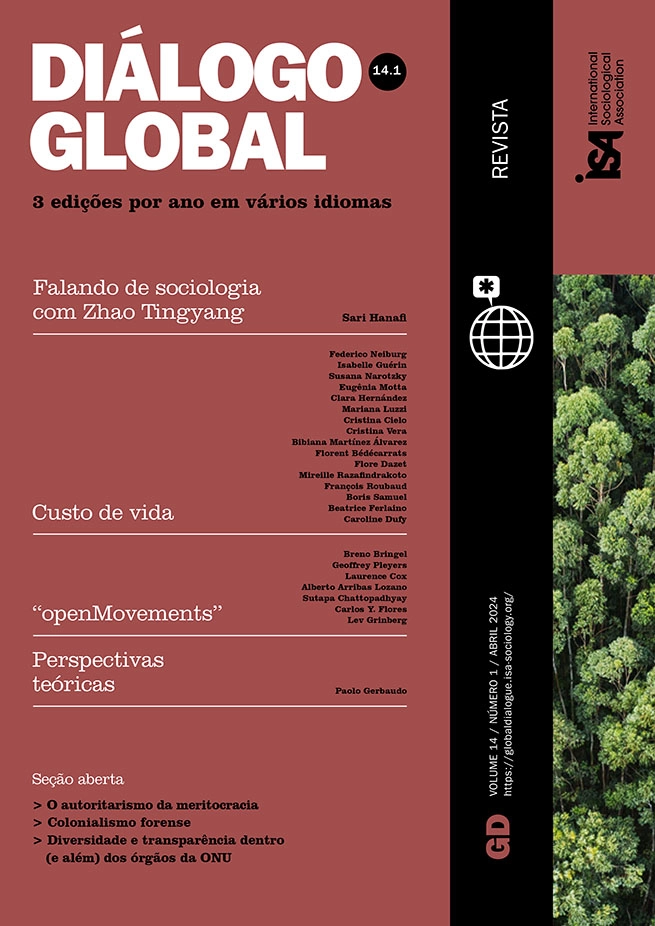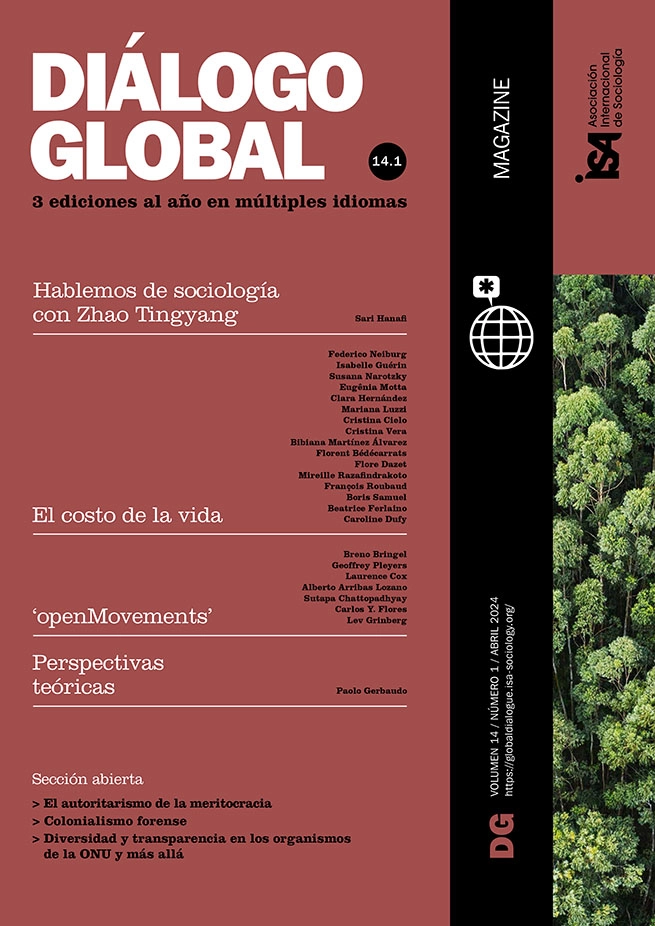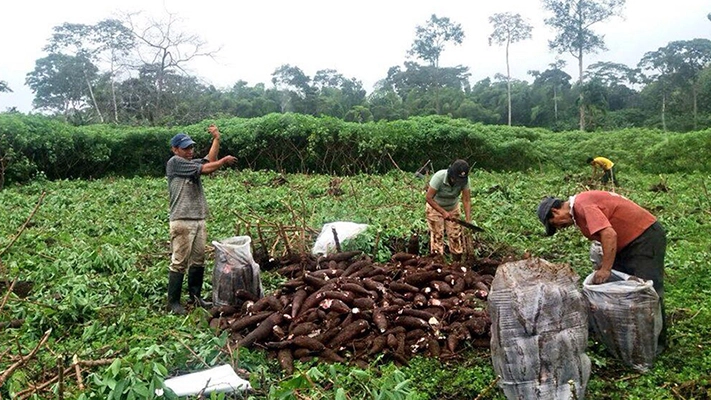How do precarious populations experiencing unmet needs sustain themselves? How do they nourish themselves not only materially but also in meaningful social terms, and what is the relationship between objective and subjective sustenance? We argue that communities’ relationships to food help shape their experiences of crises. The French term la vie chère simultaneously invokes affective relations, collective valuations, and high prices, indicating the importance of all these dimensions in understanding experiences and responses to rising costs of living. In this sense, we show that specific affective food ecologies can influence people’s possibilities for material sustenance.
Our study compares the importance of yuca – a regional term for the tuber also known as cassava and manioc – in a coastal and in an Amazonian province of Ecuador: areas in which relationships to yuca have been shaped historically as well as by expert production of knowledge of the tuber. Through the study of yuca in a country where only a third of the economically active population holds a full-time job and earns a basic income of $450 per month or more, and where basic consumer goods cost a family of four $763 per month, we seek to shed light on trajectories of social reproduction in contexts of scarcity. We show that the key to people’s incorporation of yuca into livelihood strategies are histories of colonization and exploitation of both land and people that shape social relations and those between people and nature, reinforcing the relational role of yuca in diverse ecologies.
The promise of yuca
The study of yuca, more generally, is of current global interest due to a shift in its racialized reputation as a “poor man’s crop”; it is extensively produced and consumed in Africa, Asia and Latin America, with most of it being cultivated by small-scale farmers in economically and ecologically marginal areas. With the intensification of climate and economic crises, the drought resistance of yuca and its capacity to grow in marginal, infertile, and acidic soils, as well as its efficiency in terms of energy production – yielding more calories per hectare than rice, wheat, or corn – promise to help feed burgeoning populations of the Global South. It is now heralded as the ‘root crop of the century’. In Brazil, for example, most of the caloric intake of poor populations is through yuca consumption. World yuca production has increased three-fold since the 1980s and it now has the highest production by volume of any crop in Nigeria.
The Green Revolution of the mid-twentieth century was driven by initiatives to feed the world’s growing population while increasing US political and economic influence in postcolonial states. In 1971, the World Bank-led Consultative Group for International Agricultural Research (CGIAR) included agricultural research centers established in Mexico, the Philippines, Nigeria, and Colombia to improve the productivity of staple crops. In the 1980s, Colombia’s International Center for Tropical Agriculture (CIAT) began working with Ecuador’s National Institute of Agricultural Research (INIAP) to promote the role of the production of yuca in supporting local and national development. With material and technical support from CIAT, INIAP’s agricultural scientists worked to increase the productivity of yuca cultivation, while government and development institutions coordinated with CIAT to encourage micro-entrepreneurial ventures to process and commercialize yuca products.
Contrasting experiences: post-colonial inequalities versus the “living forest”
Those initiatives found fertile ground, literally, in Ecuador’s coastal province of Manabí, where one of INIAP’s experimental stations is located. With access to both the sea and arable valleys, the region has been characterized since the colonial period by its agricultural and commercial importance. Consequently, land in Manabí has long been held by dominant classes – first, colonial powers; later, Republican criollos; and more recently, powerful wealthy families – and its use has been driven by the agro-industrial export crops of coffee, cocoa, and bananas, leading to profound social and land distribution inequalities. Agricultural development projects have sought to exploit yuca’s potential to mitigate these inequalities, particularly in the face of a persistent lack of stable employment.
In contrast to yuca’s symbolic and economic role in the coastal province of Manabí, in the Amazon it has occupied a very different place within the food, cultures, and gender relations of indigenous groups since its domestication in the Amazon basin over 3000 years ago. Chakras, exclusively cultivated and cared for by women, are nurtured systems of diverse flora and fauna that mimic the forest’s natural ecology. Yuca holds a special place in Amazonian chakras; it is one of the few products that is considered kin, and more specifically, one’s own progeny. Women’s care for yuca and their chakras constitutes affective labor that is indissociable from caring for one’s own and collective well-being.
Local organizations have recently succeeded in obtaining official recognition of the chakra as a Globally Important Agricultural Heritage System by the United Nation’s Food and Agriculture Organization. Women cultivating yuca and the chakra embody the indigenous movement’s anti-extractive “living forest” proposal and its symbiotic, cosmological, and relational understanding of sustainability. Key in the definition of this proposal has been the collaboration between indigenous intellectuals and other academics and anthropologists.
Interdependence of different dimensions of food helps overcome crises and inequalities
The pandemic and climate crises have thrown into stark relief both vulnerabilities and food insecurities derived from globally structured and locally lived inequalities, as well as responses to these urgent needs. Although productivism remains at the center of food security analyses and initiatives, interdisciplinary perspectives that highlight interdependence allow us to identify our role in interconnected processes of cultivation and consumption.
By understanding the affective, ecological, and political economic dimensions of food, we have examined disparate and unequal contexts for sustainability, through the organization of diverse elements that constitute specific political socialities, living assemblages, and inventions against precarity. The differential incorporation of yuca into responses to multiple and increasingly acute crises highlights the ways local histories and expert interpretations of social, biological, agricultural, and developmental dynamics shape contemporary social relations as well as those between people and nature, understandings of common life and futures, and possibilities for negotiating and disputing existence.
Cristina Cielo, Latin American Faculty of Social Sciences (FLACSO), Ecuador <mccielo@flacso.edu.ec>
Cristina Vera, FLACSO, Ecuador
